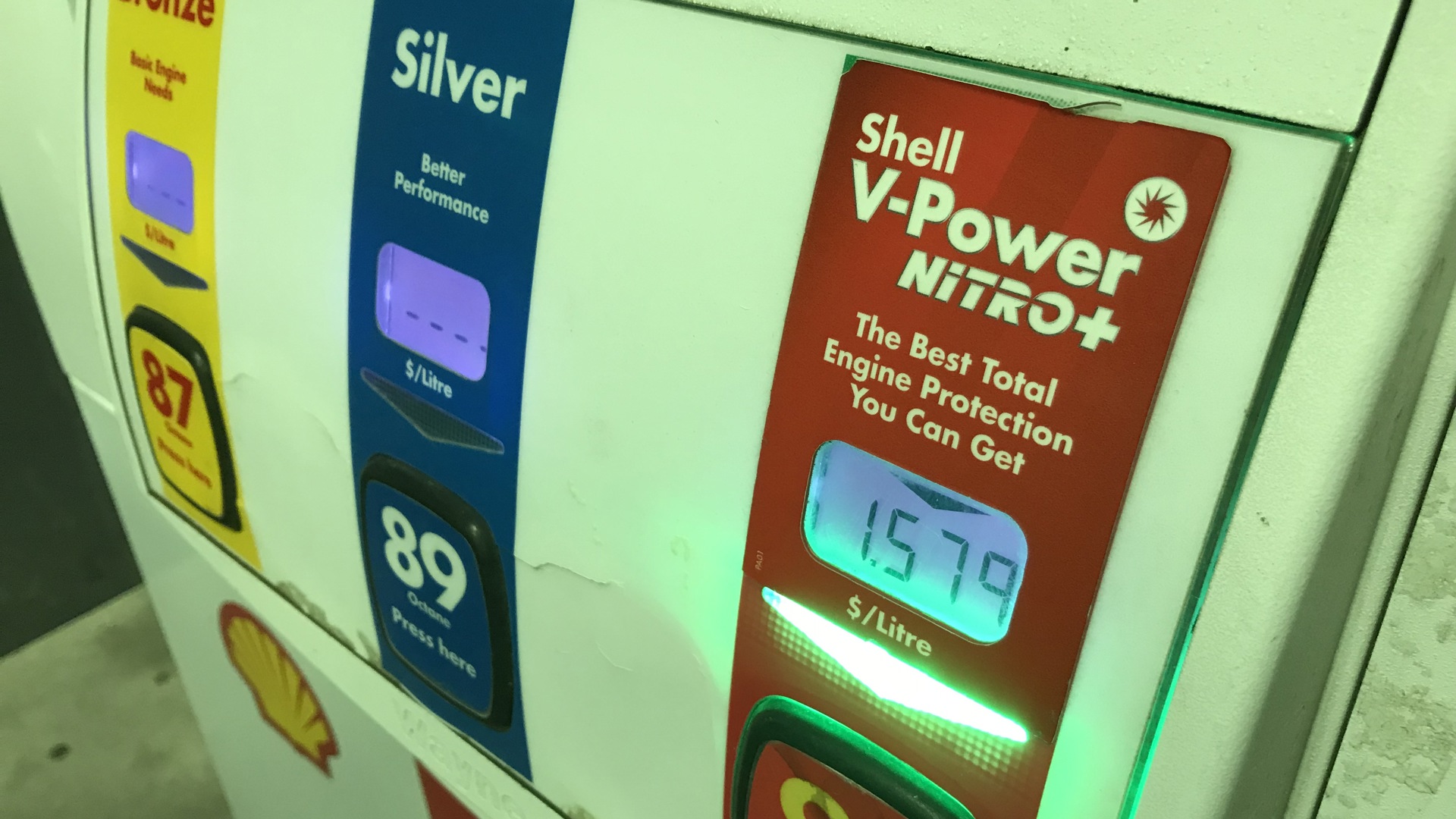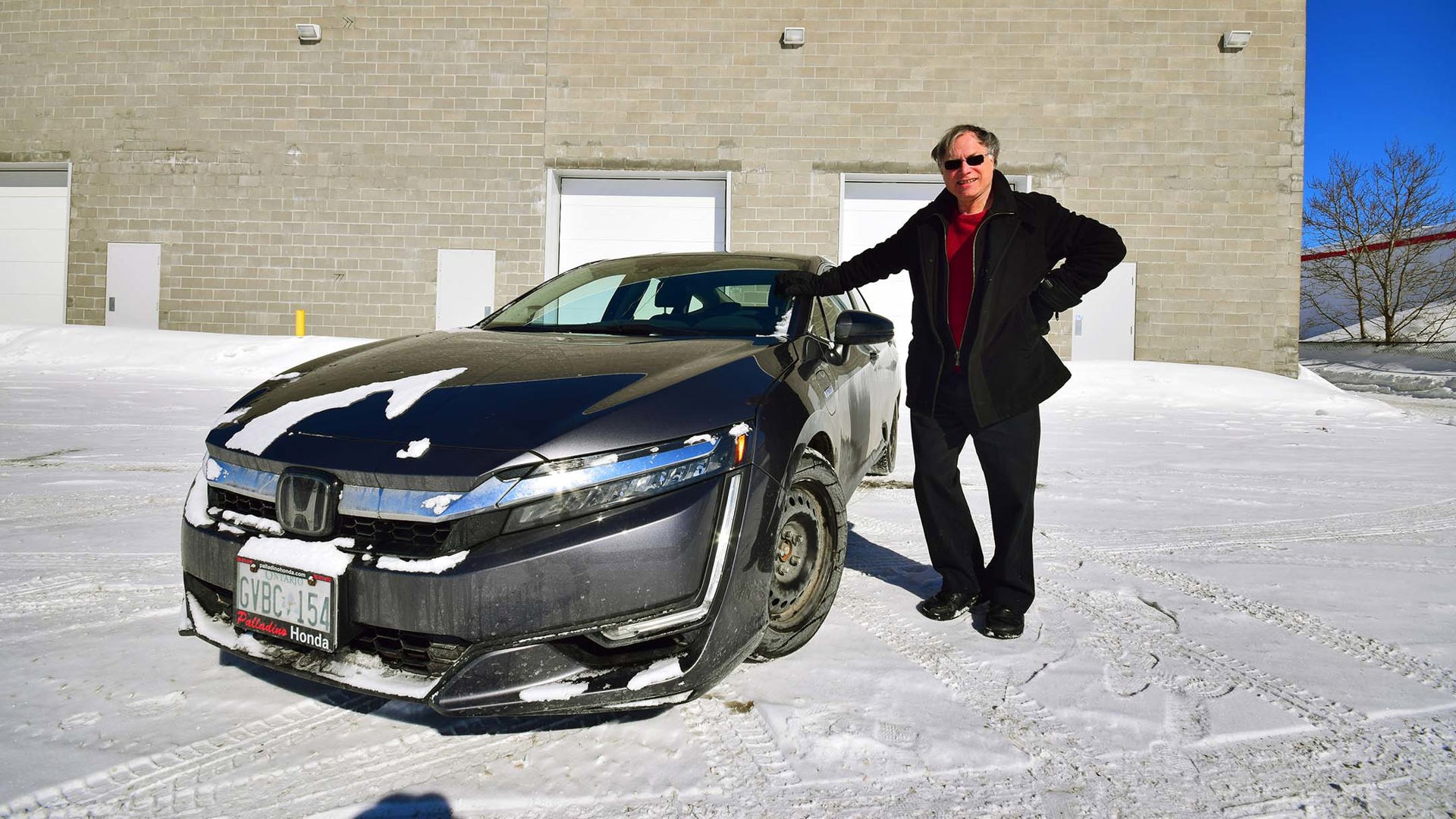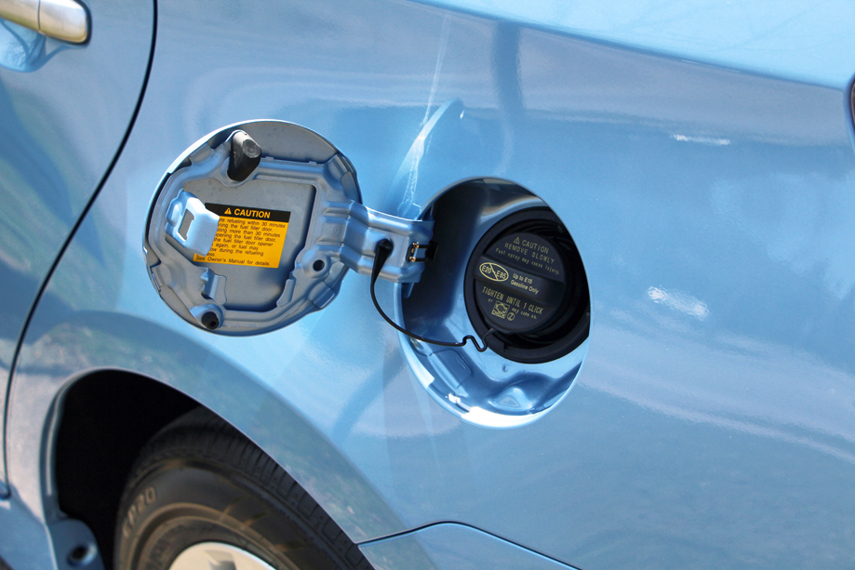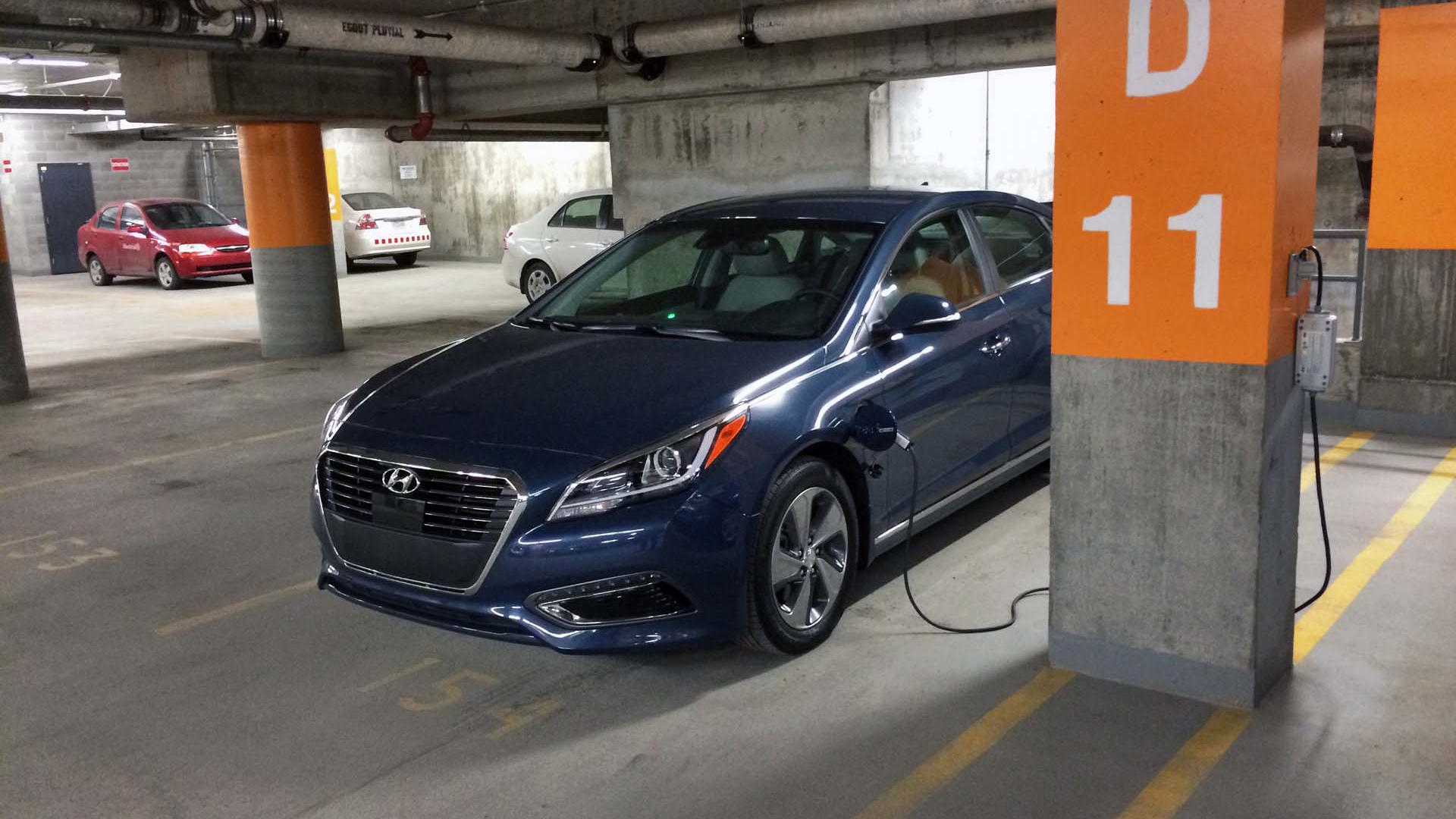Recently, I stepped into the future.
I don’t own an electric vehicle (EV), and likely won’t for some time. But given the ever-growing number of EV and plug-in hybrid (PHEV) vehicles I’m tasked with reviewing of late, having access to quick charging at home seemed like a great idea.
So, I bought a Level 2 EV charger, and had it installed in my garage. Now, I can juice plug-in-powered vehicles much faster than my former method – which involved connecting them to the same outlet I use for my Christmas lights, and then waiting a very long time for the battery to fill.
In an EV, the only way to power the vehicle is to recharge its battery. And, though a PHEV uses gasoline, it uses less of it, the more you plug it in to recharge.
Plug-in vehicles, whether EV or PHEV, are here now – and many more are coming in a serious way. It’ll likely be some years before we’re all driving them, but today, automakers are flaunting their latest plans for electrified futures on a daily basis.
I’ve long wondered how an incoming tide of plug-in vehicles, which use stored electricity to partially (or fully) reduce gasoline consumption, would affect the prices at the pumps for those of us still driving pure internal-combustion engine (ICE) vehicles.
How might increased adoption of EV’s and PHEV’s in the coming years and decades affect the price of gasoline? What could happen to fuel prices as more and more cars use less and less gasoline? What would the eventual end of the ICE-powered vehicle look like? And, in the interim, if gas prices dropped as a result of decreased demand, would gas get cheap and therefore make the pure ICE vehicle more appealing?
Oil, Gas, and Demand
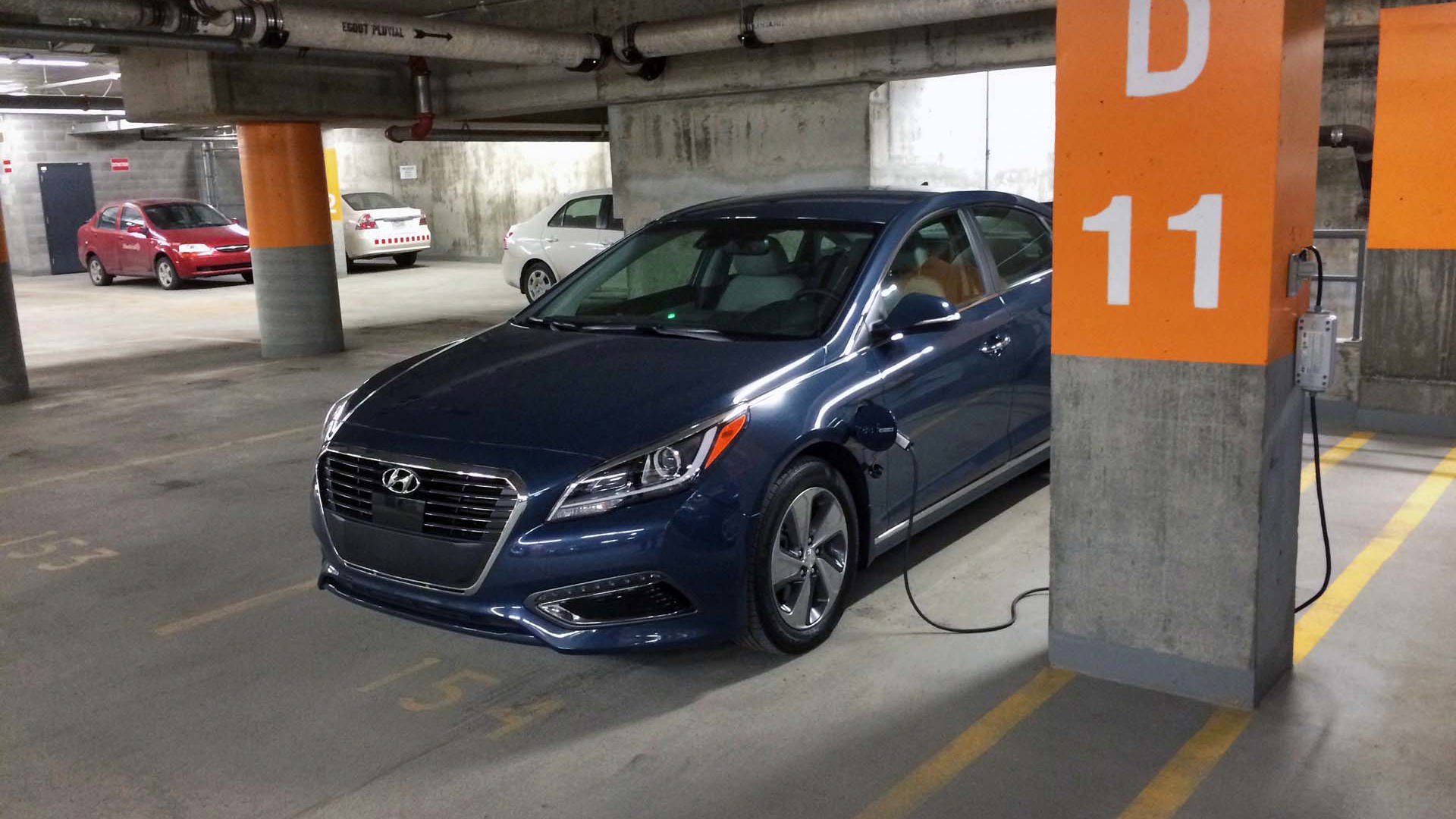
With supply and demand concepts on the brain, I set off to try and find an answer to the above.
It was tricky, for numerous reasons.
The price of gas is a function of numerous variables, including the demand for oil. Remember, though, that the price of oil is only partly based on the demand for gasoline, since only about a third of the world’s oil is turned into gasoline for cars.
Oil is used in a plethora of non-gasoline products, including the smartphone or computer monitor you’re reading this on. Translation? A drop in the demand for gasoline does not translate to an equally-as-large drop in the demand for the oil used to create it.
We also know that, historically, fewer people buy fuel-efficient vehicles when gas is cheap. I recall a graph from a major automaker a few years back, which illustrated how (Canadian) sales of hybrid vehicles closely followed the price of fuel. When gas was expensive, people bought more hybrids. When gas was cheap, hybrid car sales dropped sharply.
Finally, based on information that we know today, the cost of purchasing and running an EV or PHEV are not primary considerations for the shoppers. There are many reasons you buy the vehicle you buy, and in an EV or PHEV, price and long-term costs are likely not part of the equation.
The Rise of Electric Vehicles
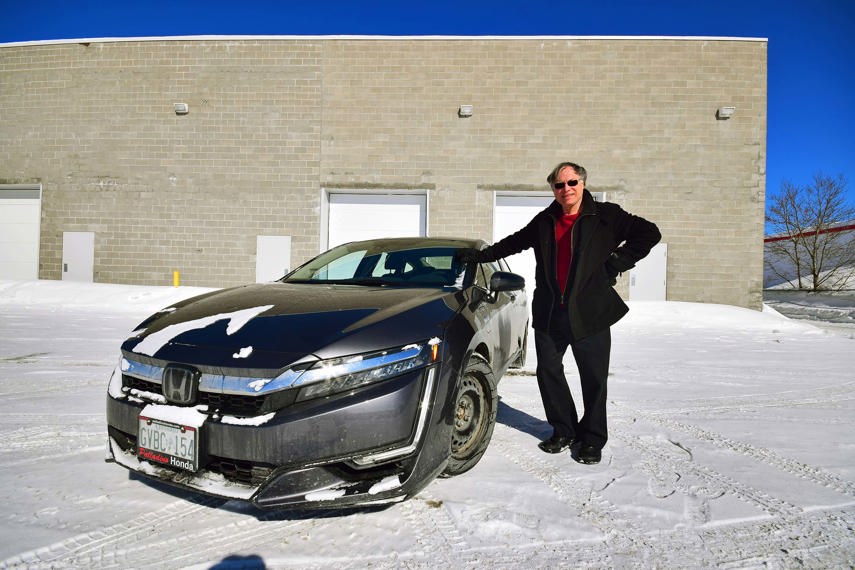
In any case, I turned to an expert to dig deeper into the above. Dr. David Robinson is an economist, and an economics professor at my alma mater, Laurentian University, in Sudbury, Ontario. He’s also the proud owner of a Honda Clarity PHEV – a plug-in hybrid that exists smack in between the worlds of ICE and EV vehicles.
Dr. Robinson explains that his family keeps cars for a long time, and this affected their decision: “There were ethical and economic reasons for choosing the Clarity, in our case. When my old Honda Accord decided to retire, we knew the next car would last far into the electric age. As an economist I was sure resale value for an ICE would be terrible, and rising carbon taxes would drive up operating costs. The all-electrics in our price range still don’t get us to our kids in the south, and reviews of the Clarity ratings were terrific. So, we go electric at home, and hybrid on the longer trips. It’s not perfect, but it gets us off of fossil fuels for most of our travel.”
I ask Dr. Robinson what Canadian fuel prices might look like in a world where demand for gasoline was cut in half.
“It’s pretty safe to say that fuel demand will drop massively by 2030,” he says, citing a Morgan Stanley forecast predicts that EVs and PHEVs will account for an estimated 30 percent of all vehicle sales by 2025. That’s six years away. “In 2016, about 1 percent of global auto sales came from EVs. In 2025, that’s expected to rise to about 7.7 percent.”
Translation? On the pure-electric front, sales are forecasted to grow almost eight times over, in just nine years.
“That’s a significant jump – but it doesn’t compare to the sort of growth expected in hybrid electric vehicles. These are cars that combine a fuel engine with electric elements. Over the same nine-year period, this sector is forecast to swell from 3 percent of global market share to more than 25 million vehicles – or 23 percent.”
In the near-term, then, Dr. Robinson theorizes that demand for gasoline will fall globally, with hybrid (HEV) and plug-in hybrid (PHEV) models leading the charge. The pure electric vehicle (EV) will grow on the sales front too, but initially, at a slower rate.
“This leaves pure internal-combustion-engine (ICE) vehicles with around 70 percent of the market share in 2025. We expect this to fall to around 40 percent by 2030, mainly in emerging markets.”
So, hybrid and electric cars are coming in a big way – and right now, we’re only seeing the early stages of the trend.
“By 2025, pure ICE vehicles in North America will only make up about 37 percent of the market. These will be the high-mileage vehicles. In the United States, gasoline consumption has already peaked – meaning that in about 10 years, gasoline demand could fall by as much as 50 percent.”
Savings at the Pump?
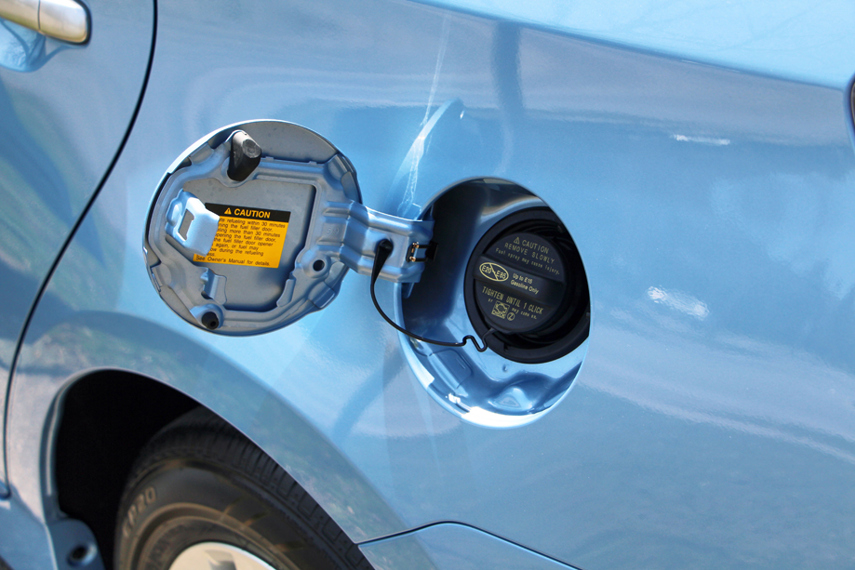
So, how long until the demand for gasoline (and presumably, its price) starts to fall?
“Faced with this collapsing market, there are two things to know:
“First, high-cost producers like the Canadian oil sands will be squeezed out. Production in the USA is costing around $40 per barrel, and in Saudi Arabia, it’s as low as $8.75 per barrel. Basic economics says that the price of fuel must fall.
“Further, faced with a future of falling demand, oil producers will rush to produce more in the short run, further pushing prices down. My guess is that gasoline prices will fall below $1 per litre by 2022, and perhaps as low as $0.75 by 2027.”
Carbon taxation will play into this, however. Dr. Robinson says the odds are good that the carbon tax in Canada will reach “at least $70 a ton by 2025, adding 15 cents a litre.”
He also stresses the importance of considering fuel prices over the life of the vehicle.
“In the future, should carbon taxes continue to rise, the carbon tax could be adding about 25 cents per litre to gasoline, making it more desirable for drivers to curb – or eliminate – their usage.”
Dr. Robinson theorizes that some gas stations may start closing in the coming years, as demand shrinks. But his next statement surprised me – especially given my recent test drive of a Jaguar I-Pace EV through the charging station desert of Northern Ontario, in the middle of winter, where I experienced my first taste of range anxiety.
“Look for range anxiety for ICE vehicles to become a topic,” he says, suggesting that we’ll one day hit a point where it’s easier to find a charging station than a gas pump. In your writer’s locale, this is massively opposite to the situation today.
Putting things together, Dr. Robinson explains: “Notice that fuel prices will play a declining part in people’s decisions to purchase. Social pressure and status will be moving people away from driving ICE vehicles, and will also affect which car you drive in a multi-vehicle household.”
“A rising price of fuel is not going to be the decisive factor in people’s decisions: the fuel saving from going electric will remain constant, but the cost and convenience of electrics will improve substantially, and the cars will get more interesting.”
A Gas Engine Revival?
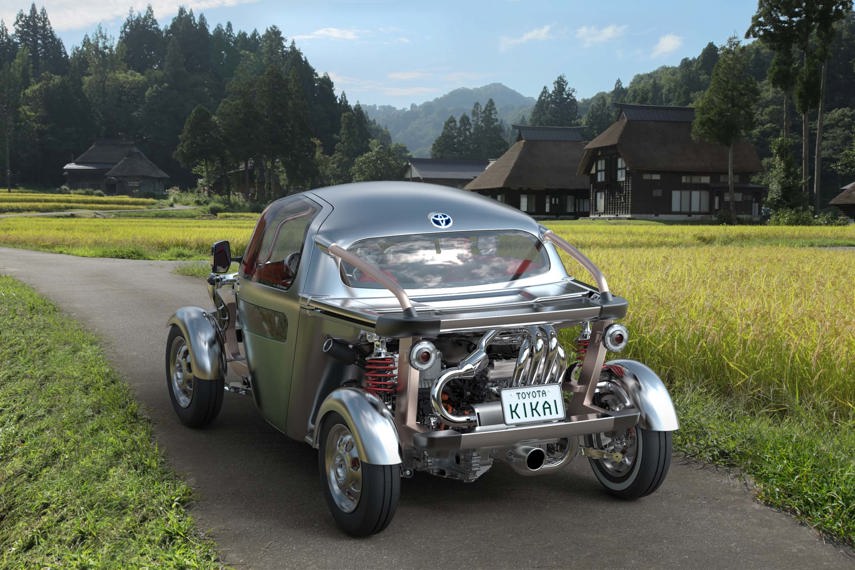
But in the future, could a widespread switch to EV and PHEV vehicles drive the demand and price for gasoline low enough that the shopper is tempted back to a conventional ICE vehicle, causing their sales to begin growing once again?
“Not going to happen,” Dr. Robinson comments.
“This is where I think trade-in value will matter more than gas prices. By 2025 and probably earlier, the trade-in value of ICE vehicles will start to fall. Who will want a second-hand ICE car with rising carbon taxes, rising repair rates, and lower status? Especially as the second-hand market for electrics opens up, and as conversion kits become available.”
I also asked Dr. Robinson if, eventually, the market would settle into some demand-driven mix of electrified and pure ICE vehicles.
His response, and final thoughts, give an expert glimpse into the farther future of what fuel prices and electrified motoring might look like for Canadians.
“No. Climate change concerns will have increased so much that I suspect the Morgan Stanley projections are conservative. Electric technology is superior in many ways, and if adoption among the poor is slow, we will see junker trade-in deals to get the declining ICE cars – which will eventually be the older and less attractive vehicles – of the road. I am guessing we see a turning point between 2025 and 2030.
“Carbon prices will continue to go up after 2030, however. Think of the carbon price as demand-driven, by the demand for action on climate change and disaster imagery. In ten years, the public demand for action is likely to start rising rapidly.
“You can’t really discuss this technology shift, without a realistic view of global warming.”
